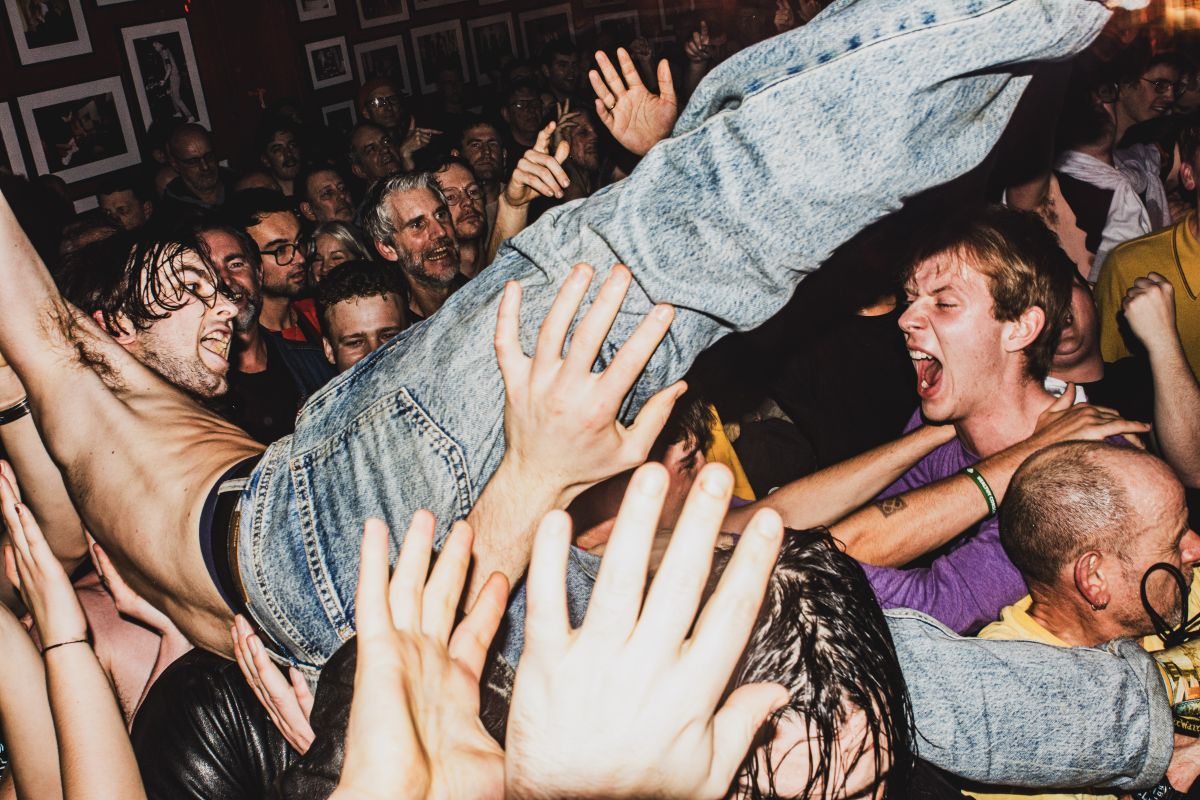Nowadays, the nocturnal antics characterising mainstream or the most niche clubs, raves and gigs are routinely captured on smartphones and shared across social media or online as a footage free-for-all. Your dodgy dancing, directional attire, or drunken mishaps from a night out can easily go viral before the subsequent hangover has even kicked in. Unless, of course, you were losing it at Berlin’s infamous Techno cathedral, Berghain, which firmly bans the use of phones inside.
Such footage and photos can be easily stored for viewing in the future, which will eventually make nostalgia a thing of the past, in more ways than one. On a positive note, this democratic form of documentation makes it easier for everyone, anywhere, to be in-the-know and, ahem, ‘down with the kids.’ The downside? Such widespread access to newfound night-time netherworlds can kind-of kill the buzz, as recognised by the aforementioned Berghain. After all, during decades gone by the best nights out largely took place away from potentially judgey voyeurs, or a finger-wagging mass media with little understanding of the nuances involved in the music, styles, codes and behaviours associated with them. New forms of subcultural activity have, ideally, always needed something of a gestation period in which to find their feet, before inevitably crossing over into the mainstream. That can be extremely difficult to achieve nowadays, though, when they so rapidly achieve peak TikTok, becoming yesterday’s scroll in the blink of an eye.
